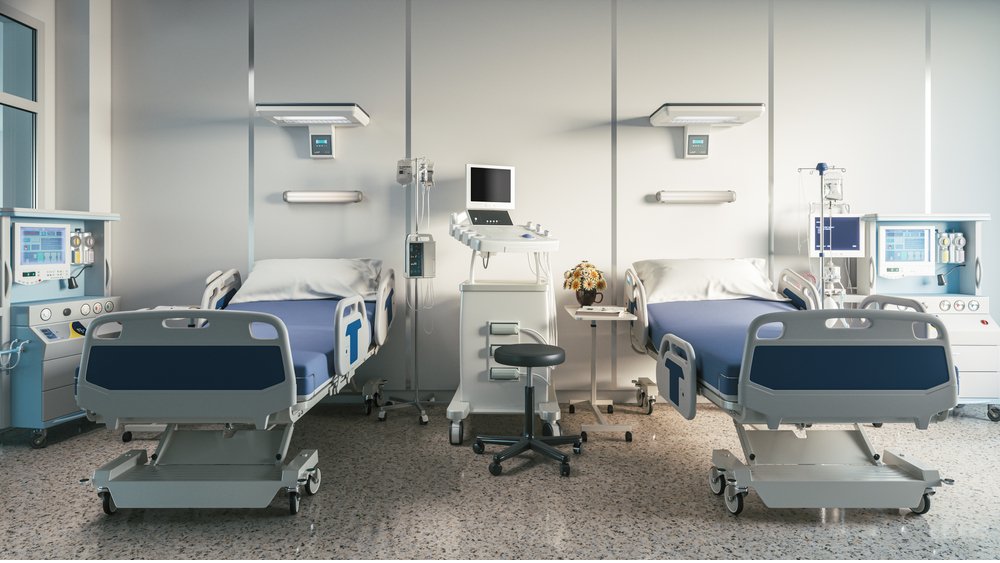Understanding the Application of Universal Design Principles in Healthcare Facilities

Universal design is a movement that strives to create a more accessible and inclusive world. It involves designing spaces, products, and services with people of all abilities in mind.
According to the CDC, approximately 61 million people in the US live with a disability. Also, many of these people do not have access to adequate and quality healthcare and, as a result, have the poorest health.
In healthcare facilities, certain principles can be used to increase accessibility for patients and staff, reduce the risk of injury for staff and patients, increase patient independence, and decrease the risk of injury from falls or other accidents.
Here are universal design principles and how they can be implemented in your healthcare facility.
Equitable Use
Equitable use establishes that a good facility or product is helpful and usable by people of varying abilities and backgrounds. It states that it accommodates all users and grants equal access.
Healthcare providers can employ this rule by providing accessible parking a stone's throw away from their building. And also ensure that their entrances have low doorsteps and wide doors that are easy to open.
Another way to ensure equitable use includes taking people in wheelchairs into account by having lower reception stations and counters.
Flexibility In Use
This principle translates to having a flexible and adaptable design that caters to different preferences, abilities, and paces.
Not all patients can afford to schedule an appointment in person. Being flexible involves providing various mediums for patients to make an appointment—it can be through the healthcare provider’s website or a phone number.
Healthcare providers can make sure that their patients feel safe and comfortable using their facilities and services by using adjustable medical equipment, having chairs and tables of different sizes, and having provisions for large printouts of documents (for people with poor vision).
Simple And Intuitive Use
It includes making things easy to use and understand for everyone. Healthcare facilities may have to make their interiors colorful for this one.
They can use different colors for different hospital sections and employ color coding to alert patients of safety hazards. Also, they should make it easy for patients to understand how to get to certain places.
Perceptible Information
This rule means that facilities should present easily discernible information so that their point is effectively communicated to everyone, regardless of their condition or abilities.
They should try to pass across information concerning them, their services, and appointments so that even a child will understand. Healthcare facilities can use contrasting colors when making signposts and symbols that all can quickly figure out.
They should also ensure that their website has an intuitive interface and contains all the necessary information patients may need. This includes routes, parking spaces, and special facilities for people with disabilities.
Tolerance For Error
A good design minimizes the risks and consequences of accidents and errors. A good design makes it impossible for unauthorized personnel to enter certain places and use certain facilities.
Healthcare providers should be able to establish clear communication with their patients to understand their special situations. Accidents may also occur, so healthcare staff should always be alert and quick to react.
Size And Space For Approach Use
There should be adequate sizes and spaces for users to navigate regardless of their position, size, or mobility.
The waiting area should be spacious enough to have those in wheelchairs wait in line with others without being chaotic. The corridors should be spacious enough to accommodate furniture and monitors without looking cramped.
Large toilets and dressing rooms can easily be used by people using crutches and wheelchairs. Healthcare facilities need to be intentional and go beyond the minimum requirements of the law to promote inclusivity.
It may seem like the description of something out of a book, but many capable design firms can help you achieve it at reasonable costs, especially if it's new construction.

Ravindra Ambegaonkar
Ravindra, the Marketing Manager at NY Engineers, holds an MBA from Staffordshire University and has helped us grow as a leading MEP engineering firm in the USA
Join 15,000+ Fellow Architects and Contractors
Get expert engineering tips straight to your inbox. Subscribe to the NY Engineers Blog below.


